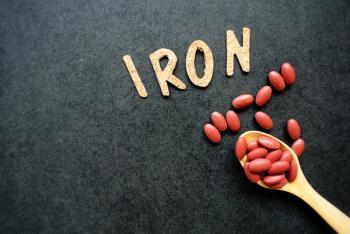
Breastfeeding affected by whether mothers smoke
Compared with nonsmoking mothers, mothers who smoke are less apt to breastfeed their babies. In addition, among mothers who smoke and who choose to breastfeed, the length of time during which they do so may be shortened, compared with nonsmoking mothers, according to new research conducted by the Centers for Disease Control and Prevention.
Compared with nonsmoking mothers, mothers who smoke are less apt to breastfeed their babies. In addition, among mothers who smoke and who choose to breastfeed, the length of time during which they do so may be shortened, compared with nonsmoking mothers, according to new research conducted by the Centers for Disease Control and Prevention.
The study, which collected data in 2005, included a stratified sample of new mothers (n=1,789) from the Missouri Pregnancy Related Assessment and Monitoring System. Surveys were completed between 2 and 12 months after delivery. Survey classifications included nonsmokers, smokers who quit during pregnancy, light smokers (≤10 cigarettes per day), and moderate/heavy smokers (>10 cigarettes per day).
Data showed that 74% of women in the study breastfed to some extent; 31% of respondents smoked while pregnant. Moderate/heavy smokers and light smokers were less likely to start breastfeeding compared with nonsmokers. These findings were controlled for sociodemographics, other smokers in households, use of alcohol, delivery type, and infant hospitalization.
Results point to the potential for more education about not smoking and breastfeeding to increase interest in breastfeeding and focus on other obstacles to breastfeeding that smoking mothers may experience.
Weiser TM, Lin M, Garikapaty V, Feyerharm RW, Bensyl DM, Zhu BP. Association of maternal smoking status with breastfeeding practices: Missouri, 2005. Pediatrics. 2009;124(6):1603-1610.
Newsletter
Get the latest clinical updates, case studies, and expert commentary in obstetric and gynecologic care. Sign up now to stay informed.









